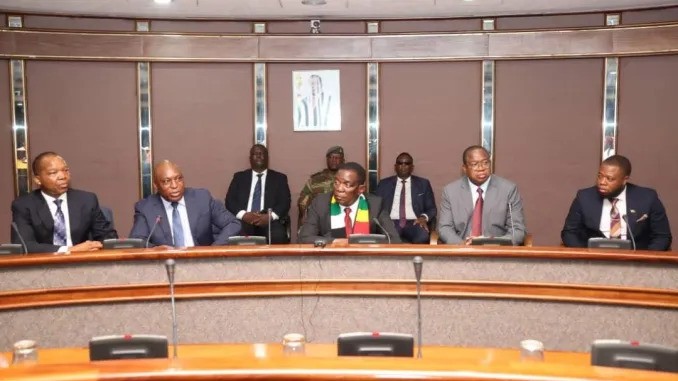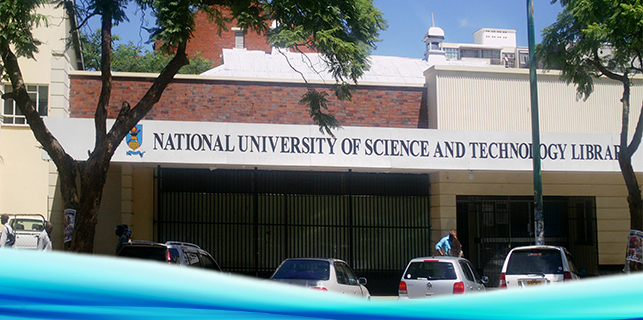Preamble: this is a follow-on post from Zimbabwe Hyperinflation 2.0: The US Dollar Version. I’ve had quite a few questions come back from that post. So I thought that I would give a roadmap of how this is likely to play out, given Zimbabwe’s history, and the history of hyperinflation through the world.
John Maynard Keynes wrote:
“Lenin is said to have declared that the best way to destroy the Capitalist System was to debauch the currency. By a continuing process of inflation, governments can confiscate, secretly and unobserved, an important part of the wealth of their citizens. By this method they not only confiscate, but they confiscate arbitrarily; and, while the process impoverishes many, it actually enriches some.”
~ John Maynard Keynes, The Economic Consequences of the Peace
In its classic form, hyperinflation is the great destroyer of the middle class. The poor, who always struggle, now struggle more than they did before. The rich holders of capital remain rich by keeping their wealth in stocks, property and commodities. But the middle classes, reliant on their salaries and pensions, are robbed of their purchasing power and reduced to subsistence.
It’s what happened in Zimbabwe in the 2000s. It’s what happened in Europe during the Great Hyperinflations of the 1920s and the 1940s. And it’s what is happening in Venezuela today.
Hyperinflation is a political crisis
Most people do not realise that hyperinflation is more than just ‘really bad’ inflation. Normal inflation is an economic phenomenon: where price increases come from growth in productivity, or a shortage created by a drought, or a change in the international pricing of fuel.
But hyperinflation has a fundamentally different root cause.
Hyperinflation is what happens when a government abandons the standard laws of taxation, and instead, taxes the monetary system. It is what happens when a National Treasury withdraws purchasing power directly from every bank account. It is what happens when a population responds to this new fiscal policy by abandoning the use of their own currency.
Zimbabwean Hyperinflation 2.0
Zimbabwe has already been through one bout of hyperinflation. But once more, Zimbabweans find themselves in a situation where their purchasing power is being withdrawn from their bank accounts. And so there is a frantic dash to convert their bank money into cash.
This demand has created multiple parallel markets for money. There are premiums to convert RTGS money (bank money) into bond notes; to convert RTGS money into smaller denominations of US dollar notes; to convert RTGS money into larger denominations of US dollar notes (which are more transportable); and to convert RTGS money into new US dollar notes (which are accepted in other countries, unlike the dirtier versions that are circulating throughout the informal money market). And then there are the cross-premiums between those different forms of money.
I drew a diagram:
Clearly, the Zimbabwean economy is now barreling towards something. The question on everyone’s mind is: “toward what?”
Last time, the answer was “toward dollarisation“. But Zimbabwe has already gone down this road and reached that destination.
We’ve now moved passed that point, and into a twilight zone where even dollarisation was not enough to break this money-creation cycle.
The roadmap to this unknown destination
Here is what we can reasonably expect:
Prices will increase
This is obviously what it means to be in hyperinflation. But the pricing increases will not all be equal:
- The first prices to spiral will be anything that needs to be imported.
- Next will be any local manufactured products with imported inputs.
- Last will be the locally-grown grains and cereals that have already had their inputs for this season.
So the pricing increases will be more staggered than you might expect. It will also take some time for the supply chain to adjust their systems to this new inflationary environment (after all, Zimbabwe has spent most of the last decade undergoing deflation, ironically enough). But once they start, the price increases are likely to escalate incredibly quickly.
As prices increase, there will be price controls
This is almost inevitable. Zimbabwe is going into an election year – and dramatic price increases are not good for votes.
So shops will be forced to sell their goods at government-controlled prices.
Price controls will cause shortages
As soon as there are price controls, there will be product shortages. This too is inevitable. When companies are forced to sell below cost, they cannot replace their stock. And if the monetary environment is already causing problems with stock replacement – then price controls will instantly exacerbate the situation.
At which point, expect the election campaigning to involve accusations of hoarding, and declarations that the West is trying to influence the election outcome.
The above is common to all hyperinflations. There are price increases, followed by price controls, followed by shortages. And the political rhetoric always blames the situation on ‘hoarders’ and ‘malignant outside forces’. If you read the account of any hyperinflation – Germany, Austria, Hungary, Zimbabwe, Venezuela, etc – that pattern is almost always present.
However, the Zimbabwean situation today is slightly different to where it stood immediately before its first hyperinflation. And that difference is important.
From hyperinflation, to deflation, and back again
Hyperinflation, for all its evils, can come with some unexpected upside. Most industries suddenly find themselves to be very competitive with their exports – after all, during hyperinflation, their cost base is becoming cheaper every day, while they continue to earn real currency. And any manufacturer without an export base suddenly tries to expand into the export market.
This means that many industries have a type of ‘false boom’ during hyperinflation, and so they’re able to adjust the wages of their staff upwards. This allows the working class to survive – but it also allows the hyperinflation to perpetuate.
However, in Zimbabwe’s case, once it dollarised, those local industries immediately became uncompetitive. Local Zimbabwean costs were denominated in a strong dollar, while the rest of the region had costs denominated in weak currencies. This meant that:
- Local manufacturing industries declined; and
- The country became extremely reliant on cheap foreign imports.
The lack of an internal devaluation mechanism (ie. a local currency) meant that the country settled into a state of near-constant deflation. Prices came down, and unemployment soared. And today, Zimbabwe’s true unemployment rate sits somewhere close to 95%.
This means that there is not too much room for a ‘false boom’ this time. Most of the businesses that are left cannot afford hyperinflationary-style wage increases. And the vast majority of people are not earning salaries to begin with.
So the prices will increase. But not many people will be able to pay for them.
And once we start to see price increases in basic products like bread and maize meal, we face the prospect of widespread famine.
The basic summary: it will likely be worse than last time, but a new round of hyperinflation cannot last long. The fuel for that fire has long since been spent, and there is a risk that people will starve.
So where does it end?
There are only so many places for us to go from here:
- The short-term adoption of a weaker currency (#Randisation);
- A complete collapse of the Zimbabwean formal banking sector, followed by the political institutions, in which Zimbabwe turns into to a Somalia-type, Wild-West, anything-goes economy; or
- A bailout from the IMF and/or the World Bank, with all the political reforms that must accompany it.
And when it comes to crystal-ball gazing, about the best I can say is what I said earlier: hyperinflation is a political crisis. And a political crisis requires a political solution.
Unfortunately, something like Randisation is a short-term economic reprieve. It does not solve the problem – it can only defer it. The same would go for the new round of Afreximbank financing that the Reserve Bank has secured. It can give some breathing room – but only for so long.
As for option 2, this is really just the devolution of the political crisis to extinction. I doubt that there are many politicians who want this. Their power exists within a governance structure: and without that governance structure, the power vacuum is filled with warlords, not diplomats.
Which leaves us with option 3: Zimbabwe is headed toward political reform, supported by foreign funding.
This is not news. Zimbabweans have known for a very long time that the only real solution here is internal reform and foreign aid. And even the ZANU-PF elites appear to know this: why else would they go to such lengths to repay the arrears on Zimbabwe’s IMF debt?
So even if the short-term outlook is bleak, there is reason to hope.
Rolling Alpha posts opinions on finance, economics, and sometimes things that are only loosely related. Follow me on Twitter @RollingAlpha, and on Facebook at www.facebook.com/rollingalpha. Also, check out the RA podcast on iTunes: The Story of Money.







